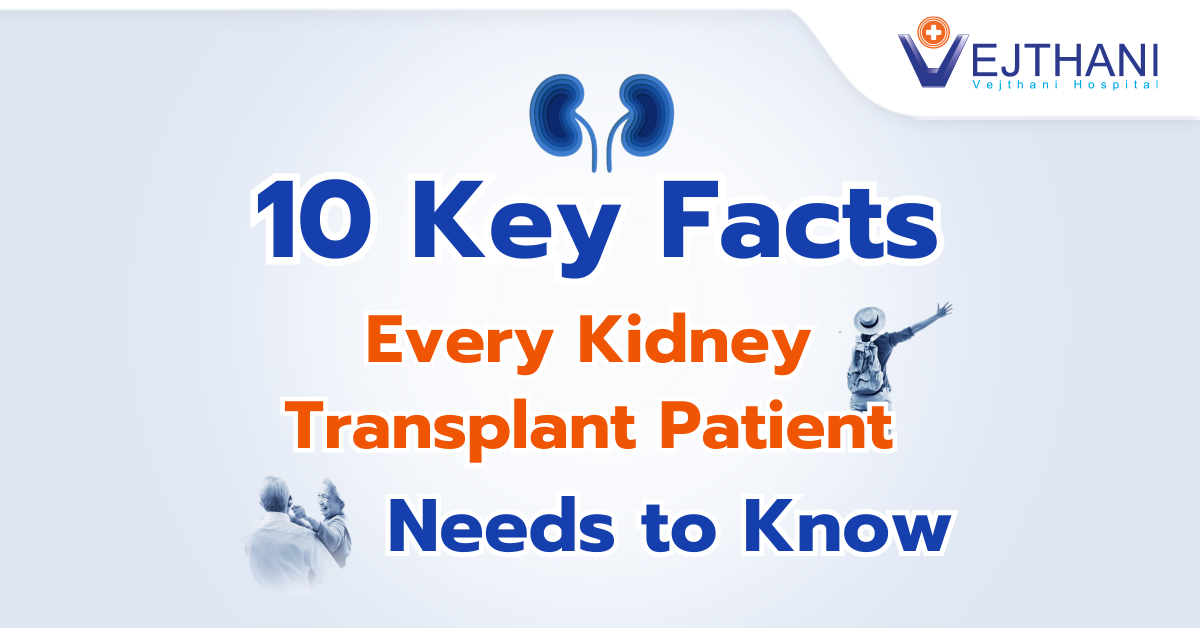
Myofascial pain syndrome
Overview
Chronic pain illness known as myofascial pain syndrome. In this disease, applying pressure to trigger points in your muscles might result in pain in the affected muscle and occasionally in seemingly unrelated areas of your body (referred pain).
Usually, this disease develops after a muscle has been repeatedly contracted. Repetitive actions from occupations or hobbies, as well as muscle strain brought on by stress, can all contribute to this.
Anyone can experience muscle discomfort at any time in their lives. Muscle pain can affect anyone, from a woman carrying her infant to a carpenter installing shingles to your closest friend helping you lift boxes during a move. Unfortunately, this discomfort can be intolerable for some people and can linger for a very long time after it should have subsided. Myofascial pain could be the cause of any persistent muscular pain that you feel.
Although almost everyone has experienced muscle tension pain, myofascial pain syndrome causes discomfort that either lasts longer or gets worse. Physical therapy and trigger point injections are two possible treatments. Additionally helpful are painkillers and relaxation techniques.
Symptoms
Myofascial pain syndrome symptoms and signs might include:
- A painful muscle knot
- Deep pain in the muscle
- Pain that lasts or gets worse
- Restricted motion or weakness in the afflicted parts
- Sleep issues because of the pain
- Headaches
- Depression, stress, or anxiety
In the event that your muscular pain persists, schedule a visit with your doctor. Most people occasionally feel muscle soreness. But schedule a visit with your doctor if your muscular discomfort doesn’t go away despite rest, massage therapy, and other self-care techniques.
Causes
Your muscles may develop sensitive areas of tight muscle fibers as a result of accidents or overuse. Trigger points are the term for these delicate areas. A muscle’s trigger point can make the entire muscle feel strained and painful. Myofascial pain syndrome is the term used by doctors when this pain continues and gets worse.
Risk factors
Myofascial pain syndrome arises when certain stimuli, such as muscle tension or tightness, activate trigger points within your muscles. The following factors may raise your risk of developing muscle trigger points:
- Muscle injury. Trigger points can form as a result of a recent muscular injury or ongoing muscle stress. A region within or close to a strained muscle, for instance, could develop into a trigger point. Poor posture and repetitive actions might also raise your risk.
- Stress and anxiety. Trigger points in the muscles may be more likely to form in those who feel stress and anxiety often. According to one idea, these persons may clench their muscles more frequently, which is a repetitive tension that makes muscles more prone to trigger points.
Contact Information
service@vejthani.com






















